News
The Best Ways to Save Some Dolla Dolla Bills While Camping
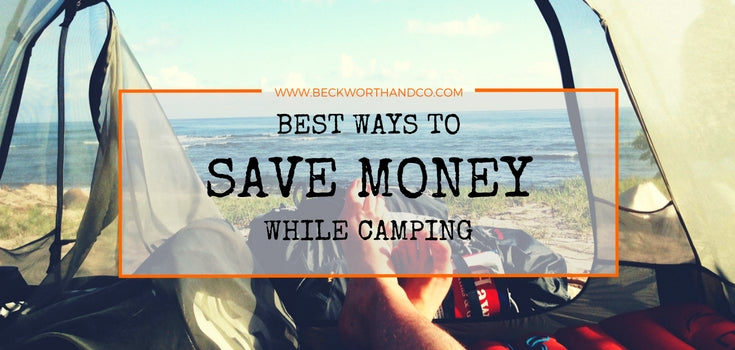
At its best, camping is a great way to get close to nature and take a well-deserved vacation without spending an arm and a leg. However, if you aren’t careful, you may end up spending a lot of money you don’t need to spend. Remember the more money you save while camping, the more camping trips you can afford to take. Here are some of our most fun and effective ways to save money while camping.
Save Money on Camping Equipment
If we were going to make one generalization about camping equipment, it would be this: find the best camping gear for your needs at the lowest price. Walking into a big box sporting goods store and buying out the entire camping section is a good start for people who have a lot of money to spend, but for the rest of us, it isn’t a great strategy. Luckily, it is possible to find camping equipment at discounted prices if you look hard enough. We have three strategies that we find helpful: the best current price, clearance, and buying used. Here are some ways to save money on camping equipment.
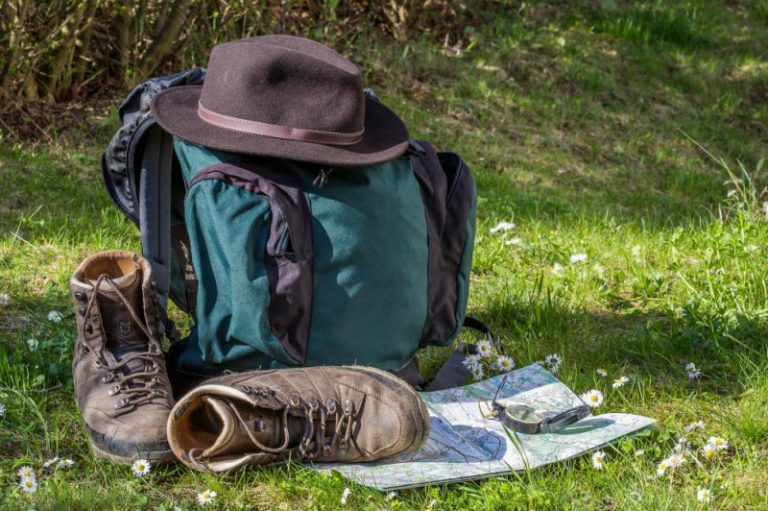
Find the Best Current Price
If you want to buy everything right now and you would rather buy through conventional retailers, you can use the internet to find the best current prices on products you like. It helps to have a list of what you want. Once you know what you want, you can always Google the product. If you have a particular tent you want, enter the model number into Google. The offers at the top are paid advertisements, so make sure to go down into the “organic” results further down the page. If you don’t have any particular brand in mind, then a far better approach is to browse for “camping equipment” and visit the websites that pop up. Retail stores don’t all sell everything at the same markup or for the same price. They decide prices based on a number of factors. Many will sell some products at close to the break-even point so they can sell other products in the same department for a larger markup. Amazon.com is also a clearinghouse of sorts for low prices, but they aren’t always going to have the best price because many of the sellers are using a technique called “retail arbitrage,” where they use software to find the lowest prices from retailers and resell them on Amazon. Amazon can be all it purports to be, but be careful and do your due diligence. Aside from Amazon.com, you can also find great deals in camping equipment from these sites:
Buy on Clearance
There are plenty of clearance websites on the internet. There are also stores like Big Lots that have plenty of items for discounts as high as 50%. But some of the best discounts come to those who plan ahead and buy at the end of the camping season. When the weather starts to turn cold, camping equipment is often available at a substantial discount from stores that want to sell winter goods. Buy out of season and plan for next year whenever possible.
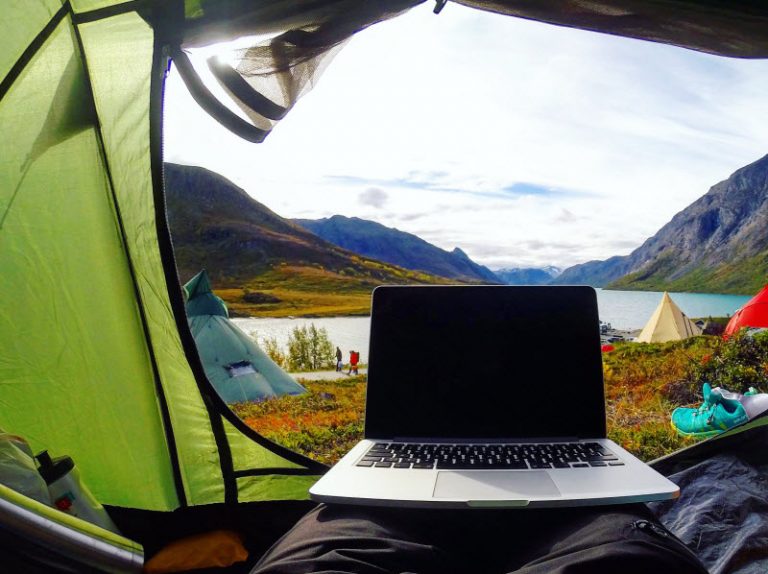
Buy Used
We know that some people don’t like used sleeping bags, but even if you fall into that category, you can still find a lot of high quality used camping equipment used. One of the best places to find used camping equipment is garage or yard sales. Everyone isn’t cut out for camping. A lot of people buy expensive equipment, go out once and decide it isn’t for them. You can also find used camping equipment on the internet through websites like Craigslist or eBay and relative newcomer Facebook Marketplace. We like the idea of Facebook Marketplace and hope it takes off. It is safer than Craigslist because people are selling under their own names. You can check out sellers and make sure they are on the level. You can also find them if you aren’t happy with your purchase. That being said, if you are careful on Craigslist, you can find a lot of bargains that will make both you and the seller happy. As for eBay, the bidding feature helps the seller, but you can still find good prices from time to time. To get upscale gear for low prices, you can join REI and wait for a used gear sale, where you can save as much as 80% on some items.
Substitute Home Gear for Camping Gear
Sometimes, you don’t really need camping gear, such as pots and pans, when you can just use the ones you have at home. You can also buy pots and pans used at thrift stores and use them for camping. The next time you are at a Goodwill or Salvation Army store, pick up a bunch of lightweight cooking and eating items for pennies on the dollar.
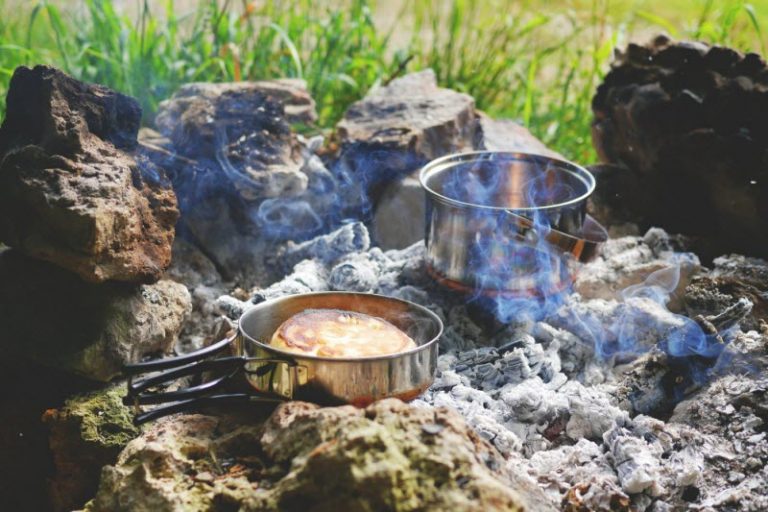
Borrow or Share
If you are new at camping, you can always borrow equipment for your first outing. That way, you can see if you really like camping. If you know a few other families that like to camp, you can always do what co-ops do: pitch in with other families for a nice set of camping gear and then use it as a shared or communal resource. This does mean that you can’t all have the equipment on the same weekend, such as Labor Day or Memorial Day weekend, but you can take advantage of much better equipment for less money if you buy as a group and share.
Save Money on Every Camping Trip
Now that you have great gear at affordable prices, the next way to save money is on each camping trip. We have a number of strategies for saving money, from the mundane to the exceptionally clever. Here are our favorites.
“Practice Run” in the Backyard
If you are new to camping or have young children and aren’t sure how they will handle camping, try camping in your backyard first. It will teach you exactly what you need for camping trips. It will also let you know if you are actually going to have fun camping or if it isn’t really your “cup of tea.” Most of all, if something goes wrong, you can always just go back inside.
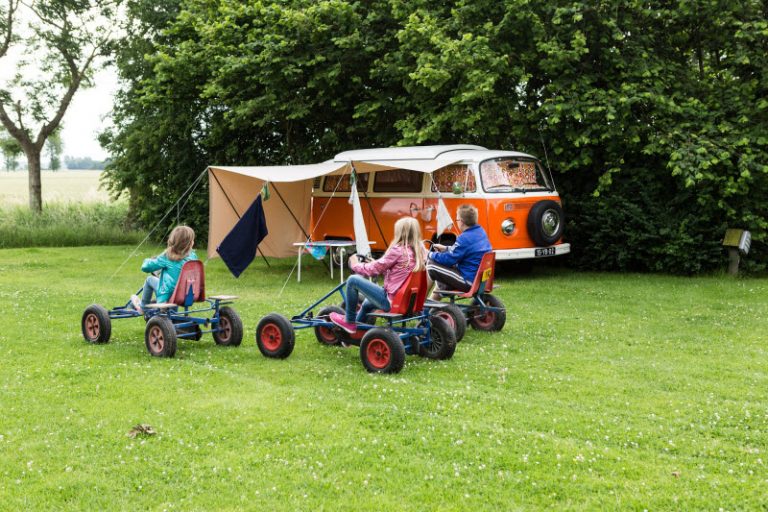
Closer to Home
Now that you have had your practice run, you are ready for a real camping trip. While it’s tempting to go to faraway places or popular “hot spots,” one of the best ways to save money on a camping trip is to camp close to home. Even if you live in a major metro area, you can usually find great places within an hour or two of your home. Use Google or find a good campsite directory to find campsites near you. This will help you save time and money on driving. Check out this list of US campsite locators:
- National Park Service
- US & CA Campgrounds
- RV-Camping
- Reserve America
- Go Camping America
- Free Campsites
- US National Forest and Campground Guide
Compare Prices
Once you find a few campsites that look good, compare prices. Some campsites will cost three times as much as others. If you are paying as much for a campsite as you would for a good hotel room, you are probably paying too much.
National Forests and Parks
If you are near any National Forests, you may consider staying in one. Many of them allow you to camp free on an undeveloped campsite as long as you follow their guidelines. They usually have their own, developed campsites where you can pay to stay. A yearly pass for National Parks is $80 a year, which means you will save money from their normal price of $20 if you go more than four times a year. However, if you are 62 years of age or older, you can get a lifetime pass for $10 at a federal recreation website or $20 through the mail.
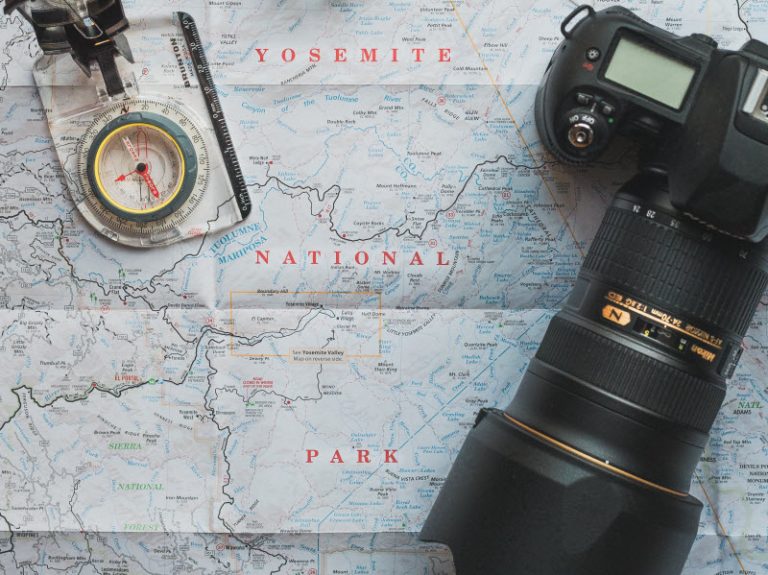
People Power
Like the strategy of sharing camping equipment, you can also invite friends to share campsites with you. While some campsites end up being fairly small, others can accommodate as many as three tents for 6-8 people.
Perfect Planning Prevents Poor Performance
One of the best ways to save money is to plan your camping trip in advance. Know exactly what food and beverages you are going to take with you. Plan your equipment out. For example, this includes a camping stove and separate coolers for food and beverages. If you don’t plan all of your menus and supplies in advance, you will get to the campsite and discover there is something you need that you didn’t bring along.
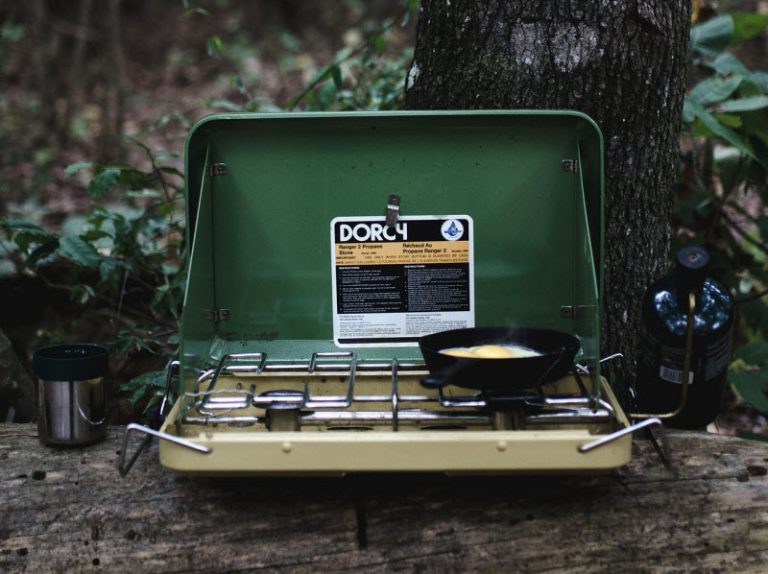
Keep it Cool
Freeze all meats and cold food if possible. Anything that will freeze will not only stay cold longer, but it will also serve as ice blocks to keep everything else cold. Also, use block ice whenever possible instead of cubes because it will stay cold longer. As we mentioned, use separate coolers for food and for drinks. You are going to be opening and closing the drink cooler a lot more than the food cooler. This helps keep your food colder and safe from contamination. One of the most common “fixes” for the cooler is to freeze your bottled water and use it as ice blocks. Be sure to leave a few unfrozen for immediate drinking, though.
Buy Snacks in Bulk
Many stores like Whole Foods have bulk sections where you can buy nuts, grains, and dehydrated fruit in bulk. Most of them also have pre-mixed granola in bulk, making it a perfect inexpensive snack. You will pay infinitely more for them in packages, especially if you wait until you get to the campsite.
Plan Your Menu in Advance
Planning your menu in advance is especially important. This allows you to make sure you have all of the ingredients on hand. You don’t want to be scrambling around at the last minute trying to find something that will cost you more at a convenience store or make you try to find a market in the middle of nowhere.
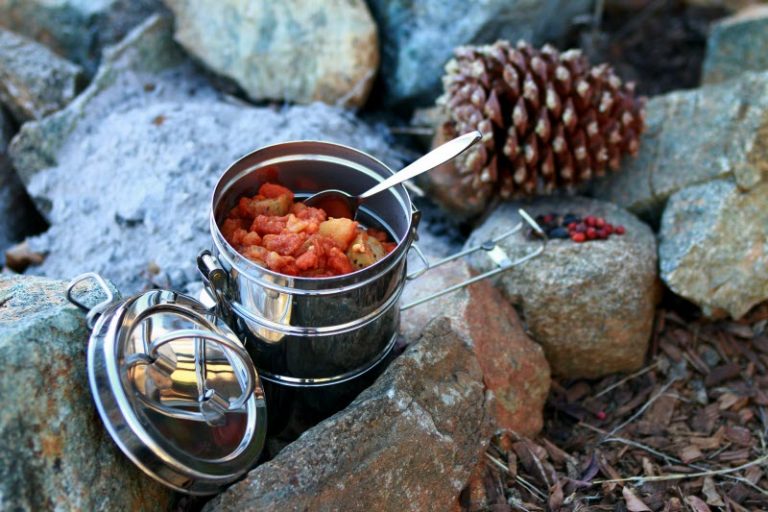
Plan Your Supplies in Advance
We could say the exact same thing about the supplies that we did about your menu. Make sure you have everything you need, down to foil, and a first aid kit.
Pack, Pack, Pack
It is in your best interest to have all of your dry goods and supplies packed into containers in advance. We have seen numerous substitutes, but today there are so many inexpensive plastic food storage containers available at dollar stores or supermarkets that we recommend having a large assortment of them on hand. We also recommend larger plastic storage containers that are available at general or department stores when it’s time to pack everything.

In Case of Emergency
While we like camping trips to be perfect, sometimes the unexpected happens. Be sure to bring a first aid kit and items like cough drops or syrup, Tylenol or aspirin for pain, and Benedryl for allergies or poison ivy. Be sure to bring insect repellant, too. Campsite stores have huge markups for Benedryl and insect repellant because they know you need it so bad. A little bit of planning can make a big difference in your camping experience. Here is a list of the basic stuff you need to keep in your camping first aid kit at all times:- Triangular bandage
- Antiseptic wipes
- Antibiotic creams and/or solutions
- Burn ointment
- Blister pads
- Gauze pads
- Rubbing alcohol to disinfect tools
- Hydrogen peroxide
- Prescription medication for anyone in the group
- Vitamins and supplements
- OTC pain medication
- Gastrointestinal meds
- Antihistamine
- Water purification tablets
- Medical gloves
- Tweezers
- Scissors
- Safety pins
- Small-edge razor blade
- Emergency blanket
It Can Get Cold at Night
While a campfire looks warm and toasty, it can still get colder at night than you think, especially in the north and especially in months not named June, July, or August. Make sure to have plenty of warm clothes and blankets on hand.

One strategy many campers use to save money is to buy warm clothes for camping at a thrift store like Goodwill or Salvation Army. They might not look great, but when you are at a campsite trying to stay warm enough to enjoy your evening, they can be just what the doctor ordered. While thrift stores have raised a lot of prices to an unreasonable level, they still represent the best prices you are going to get on sweaters, long sleeve shirts, pants, and jackets.

